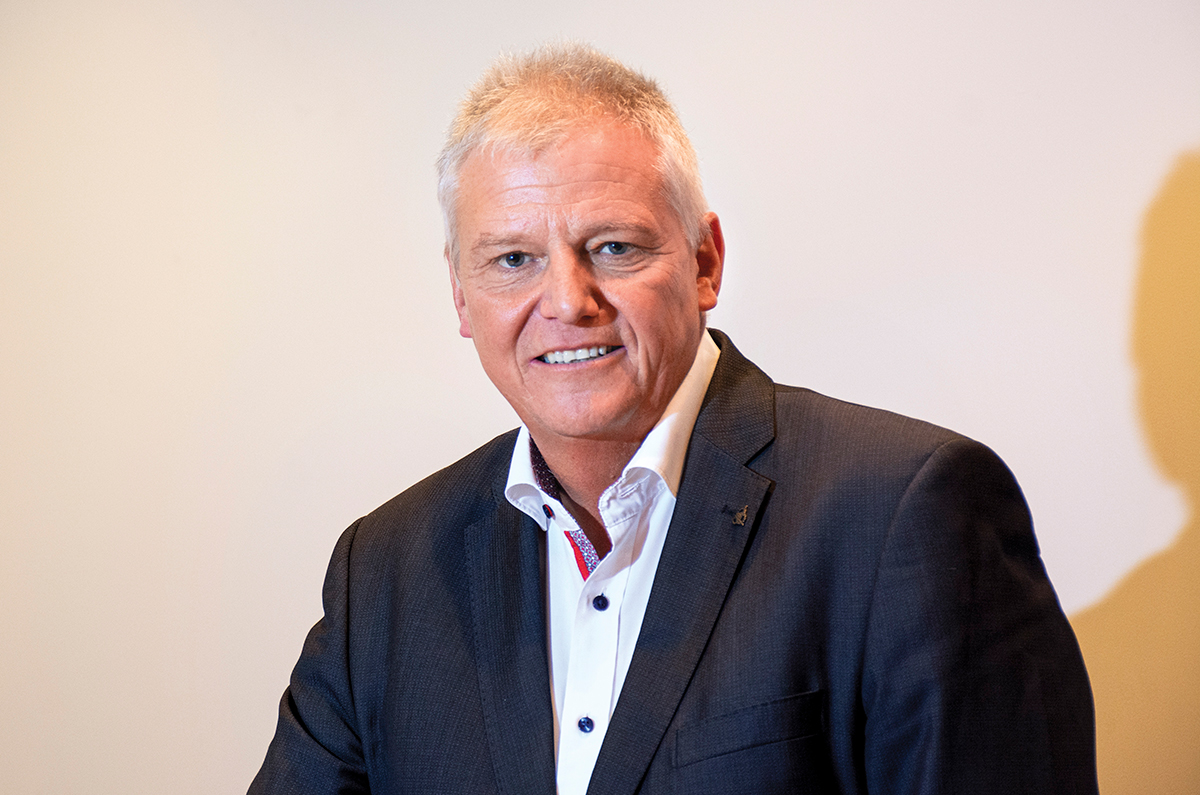
Michael Mauser on Harman’s presence in India and its capabilities in the automotive segment.
We know Harman from branded audio systems like JBL and Harman Kardon, but tell us more about the company.
Yes, just to talk a little bit about our businesses: we have the automotive vertical, where we develop connected car tech and systems within ADAS, and, of course, car audio. Then we have a lifestyle division that does consumer and professional audio solutions, and we also have our digital transformation services division, which develops digital solutions for various verticals like telecom solutions for retail, healthcare and hospitality.
How large is Harman in India and how important is the country to the brand?
India is a very important market and region for Harman. To give you an idea, we have 30,000 employees and of that 10,000 plus are in India – which is the largest footprint – and above other regions like Mexico, where we have about 8,000 people, or the US and Germany, where we have 2,000 folks each. So, you can get a sense of the importance of India for us, and what’s also very interesting is that our 10,000 employees in India are spread across all our business segments.
You mentioned ADAS, what kind of work is Harman doing in that field?
Currently, we are focused on in-cabin ADAS, where we have driver and passenger monitoring. You see a lot in the market today, but I can say ours is far more mature because it’s looking for real cognitive load and not just tracking your eye position. You may be looking straight, but might have many other things on your mind distracting you, so our system measures pupil diameter fluctuations to gauge driver alertness. Besides this, our in-cabin ADAS also includes augmented reality solutions that overlay information like warnings and navigation. So that’s our current ADAS focus, but we are thinking about expanding beyond the in-cabin experience. But this, you know, is very hard to do organically, so we could partner with someone to go to level 2 plus. However, for now, these are only thoughts we are currently going through.
Beyond ADAS, are you looking at other areas to get into, like battery management systems for example?
That’s an interesting point. You know we are a subsidiary of Samsung and we are working quite close together on projects when it comes to batteries. We are also combining our forces on displays because, as you know, in-cabin experience is very important today, and it is not just limited to the main display but the head-up display, e-mirrors and ones in the rear seats too. So with Samsung we are elevating that visual experience tremendously.
Coming to your core area, tell us how Harman designs an audio system for a manufacturer.
It’s not just an accessory, there is a huge amount of tuning with the cabin design and a great deal of work done with manufacturers. So, there’s a very specific tuning that’s right for a specific car, and thus, you need a very high competency of tuning – which we have in India – and this is a huge differentiation with us. We have a huge acoustics engineering centre in Pune with a lab where we can drive in a car, do the entire preparation, measurement, tuning and also give NVH recommendations to OEMs. The whole Tata journey was done right here. We have full end to end capabilities, from design to manufacturing to service supply.
On the future of branded car audio.
Only 15 percent of all cars sold worldwide have a branded audio system, so growth potential is tremendous. Also, if you look at Tata Motors, in whichever models they have the branded audio system, 80 percent of the variants sold are ones equipped with it. But overall, it’s just 15 percent, so what I’m looking at is how can we increase the market share and allow more people to enjoy a premium sound. And, of course, a major area is costs, making it more accessible to more OEMs, and thus, customers, and here there’s an important point – number of speakers. You see, software is becoming far more important to a premium experience than hardware. You still need a reasonable hardware, but you can do magic to with the right piece of software and this is possible based on our audio framework which by the way is also coming from India.
Also read:
Naveen Soni on the Lexus NX 350h, the prospect of launching an EV, and more
